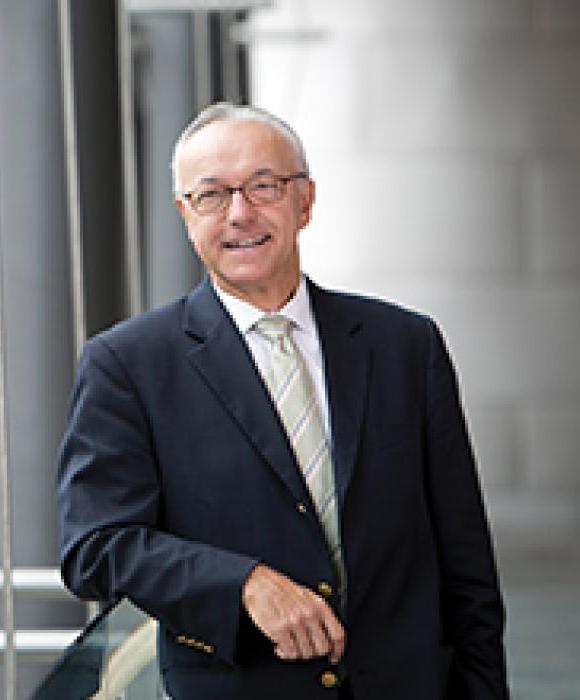The Vital Role of Rural Physicians

HMS Dean George Q. Daley
My grandfather and I share more than a last name, we share a profession. He was the village physician in Athens, New York. In that role, he attended to every sort of medical condition his neighbors faced—and in any weather the Upper Hudson Valley could produce. He was an integral part of his community, a personification of the shared spirit that held people together.
Rural doctors still foster that sense of community, still fill that need for an anchor in hard times. The general practitioner of my grandfather’s era has specialized, becoming the primary care or family medicine physician of today. Increasingly, these health care professionals are caring for rural populations that the U.S. Agency for Healthcare Research and Quality describes as “poorer, sicker, older, uninsured, and medically underserved” compared with their urban counterparts.
The Patient Protection and Affordable Care Act has tried to level the field by extending health care coverage, particularly to vulnerable children. Although disparities in care and access have dwindled, they do remain. In mountainous areas, near pristine lakes, and throughout the vast plains of our country, people settle, build homes, and raise families—and hope they do not need to visit a faraway hospital or receive care they cannot afford.
The Association of American Medical Colleges predicts our nation will need nearly 36,000 more primary care doctors by the year 2025 and recommends that these doctors mirror the diversity of the people they care for. At HMS, we are determined to research and address health care disparities, and we are dedicated to ensuring that our graduates reflect the diverse populations of this country. Our students share this vision; they are as passionate about social justice and health equity as they are about clinical care and medical research.